
When it comes to red wines, it can be a little confusing trying to figure out just how each wine differs. Like Cabernet Sauvignon and Malbec: What’s the difference?
Cabernet Sauvignon offers a robust body, along with rich notes of dark fruit and hints of cedar, while Malbec presents a smoother body, blueberry flavors, and a touch of spice. Both wines can be found in the $15-$20 USD range, providing accessible options for red wine enthusiasts to explore and compare.
- Cabernet Sauvignon Basics: A Bold Classic
- Malbec Basics: Silky and Seductive
- Wine Comparison: Cabernet Sauvignon vs. Malbec
- Cabernet Sauvignon vs. Malbec Winemaking
- Cabernet Sauvignon vs. Malbec: Food Pairings and Serving Temperature
- Which Is More Expensive, Cabernet Sauvignon or Malbec?
- Which Is Better: Cabernet Sauvignon or Malbec?
- Final Thoughts – Cabernet Sauvignon or Malbec?
Cabernet Sauvignon Basics: A Bold Classic
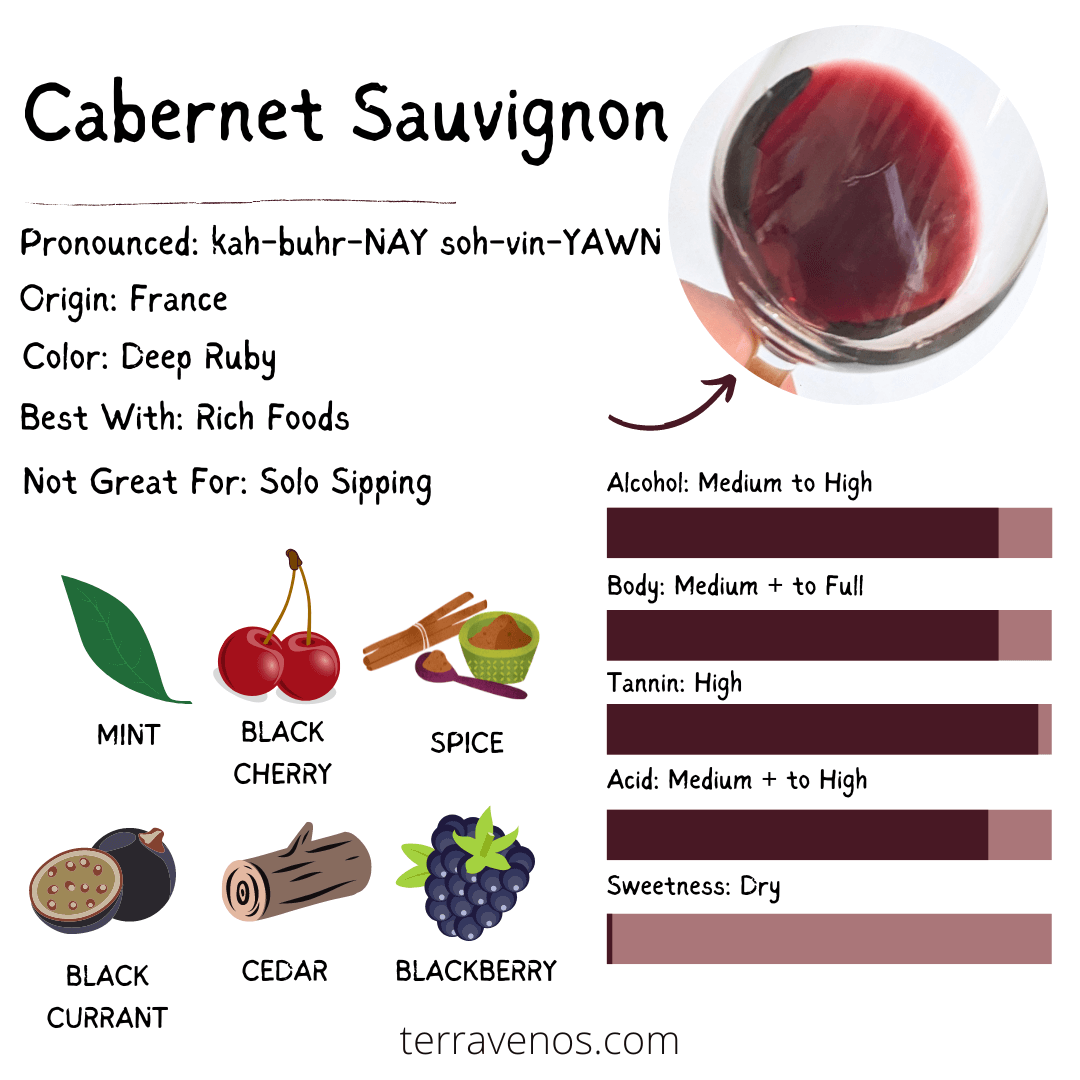
Originating from Bordeaux, France, Cabernet Sauvignon has gained global recognition for its bold and structured nature. Today, it is widely cultivated in various wine regions around the world, including California, Chile, and Australia.
Cabernet Sauvignon displays a full-bodied profile with pronounced tannins and flavors of blackcurrant, blackberry, and dark cherry. It often exhibits subtle notes of cedar, tobacco, and vanilla, which develop through aging in oak barrels. (Here’s a deep-dive into Cabernet Sauvignon wines.)
As one of the most popular red wine varieties, Cabernet Sauvignon is available at various price points. From everyday drinking options to premium selections crafted by renowned producers, there is a wide range of choices to suit different preferences.
Fun Wine Fact: Cabernet Sauvignon is often blended with other grape varieties, such as Merlot and Cabernet Franc, and sometimes even Malbec, to enhance its complexity and balance.
Malbec Basics: Silky and Seductive
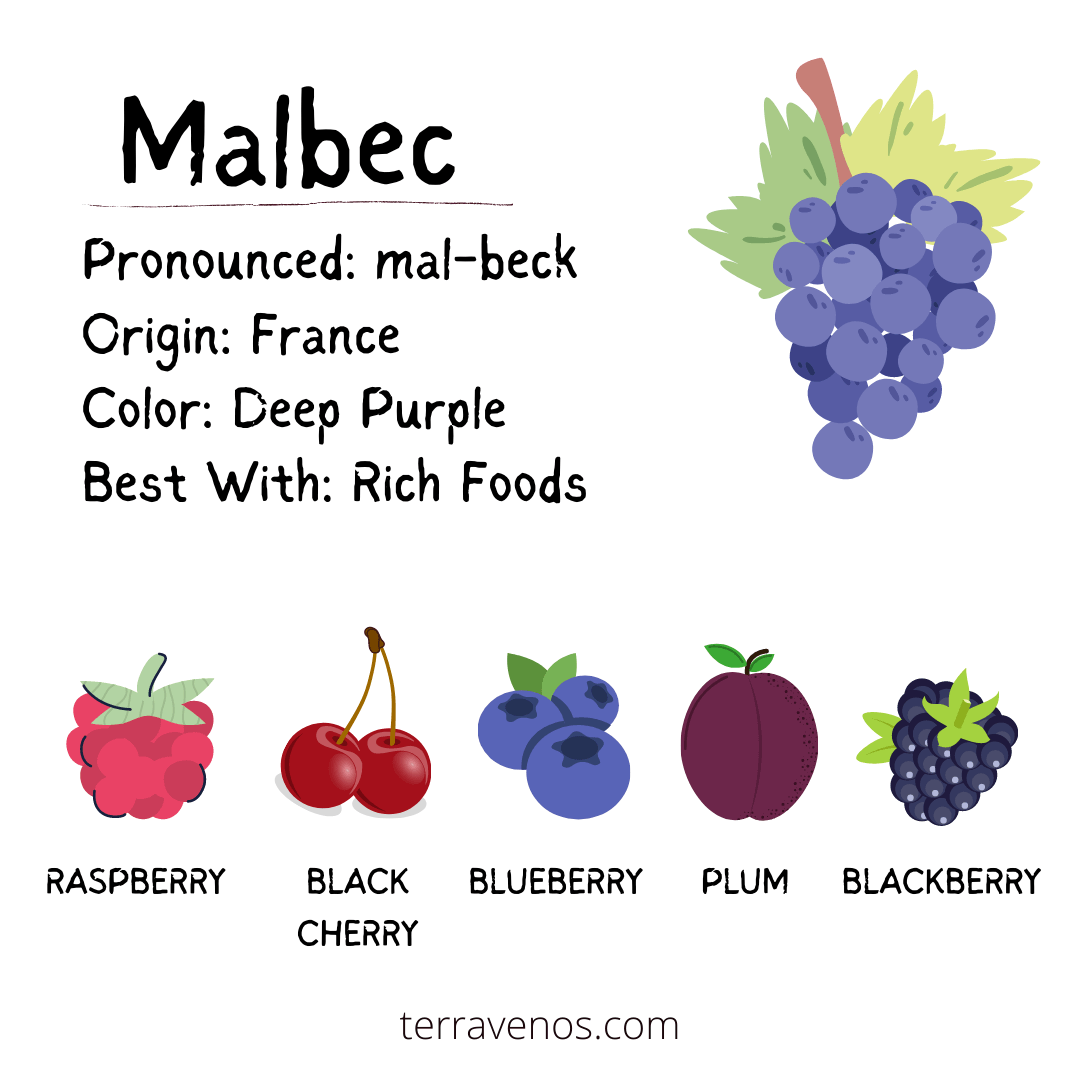
Originally from France, Malbec has found a new home and flourishing reputation in Argentina.
Known for its smoother character, Malbec offers a softer mouthfeel when it comes to tannins. Malbec wines typically showcase a medium to full-bodied profile with ripe blue and black notes, such as blueberry, plum, blackberry, and black cherry.
Malbec often carries a hint of spice, displaying nuances of pepper and cocoa. The wine’s smooth tannins and vibrant acidity contribute to its overall balance and drinkability.
Fun Wine Fact: Malbec was traditionally used as a blending grape in Bordeaux but has emerged as a standout varietal in Argentina.
Today, Malbec from Argentina is celebrated worldwide for its quality and value. Malbec’s synonymous with the country’s emergence as a winemaking juggernaut.
Helpful Tip: Here’s everything you need to know about Malbec wine.
Wine Comparison: Cabernet Sauvignon vs. Malbec
Here’s a quick side-by-side comparison that highlights the main differences and similarities between Cabernet Sauvignon and Malbec.
Cabernet Sauvignon Wine Profile:
- Sweetness: Cabernet Sauvignon is most often a dry wine; inexpensive bottles can be off-dry.
- Alcohol: Cabernet Sauvignon tends to be high alcohol.
- Body: Cabernet Sauvignon boasts a robust and full-bodied profile, accompanied by firm tannins.
- Flavor Profile: Rich flavors of blackcurrant, blackberry, dark cherry, with notes of cedar, tobacco, and vanilla.
- Tannins: Cabernet Sauvignon tends to have more pronounced tannins than Malbec, contributing to its structure and aging potential.
- Acidity: While still present, Cabernet Sauvignon usually exhibits moderate acidity.
- Aging Potential: Cabernet Sauvignon wines often benefit from aging, allowing the flavors and tannins to integrate and develop complexity over time.
Malbec Wine Profile:
- Sweetness: Like Cabernet Sauvignon, Malbec is a dry red wine, but can be off-dry if it’s inexpensive.
- Alcohol: Malbec is medium to high alcohol, often a little lower than Cabernet Sauvignon
- Body: Malbec showcases a medium to full-bodied profile with a velvety texture.
- Flavor Profile: Ripe red, black and blue fruit flavors, including plum, blackberry, blueberry, and black cherry, with hints of spice, pepper, and cocoa.
- Tannins: Malbec offers smoother tannins compared to Cabernet Sauvignon, resulting in a softer mouthfeel.
- Acidity: Malbec typically displays vibrant acidity, contributing to its freshness and balance.
- Aging Potential: Malbec can age, but many styles are made to be enjoyed when you purchase them.
Are Cabernet Sauvignon and Malbec Similar?
Cabernet Sauvignon and Malbec share certain characteristics. Both wines offer rich fruit flavors and a full-bodied experience, making them well-suited for pairing with hearty dishes and grilled meats.
If you appreciate the boldness of Cabernet Sauvignon, you are likely to enjoy Malbec as well.
What Is the Difference Between Cabernet Sauvignon and Malbec?
Cabernet Sauvignon tends to have firmer tannins and a broader flavor spectrum with notes of blackberry, black cherry, cedar, and tobacco, while Malbec provides a smoother mouthfeel and showcases flavors of ripe blue fruit and subtle spice.
Personal Note: I profile Cabs as blackberry and mint when blind tasting, with a strong drying sensation from tannins. I mentally categorize Malbecs as juicy blue fruit, with a smoother, fruitier mouthfeel.
Cabernet Sauvignon vs. Malbec Winemaking
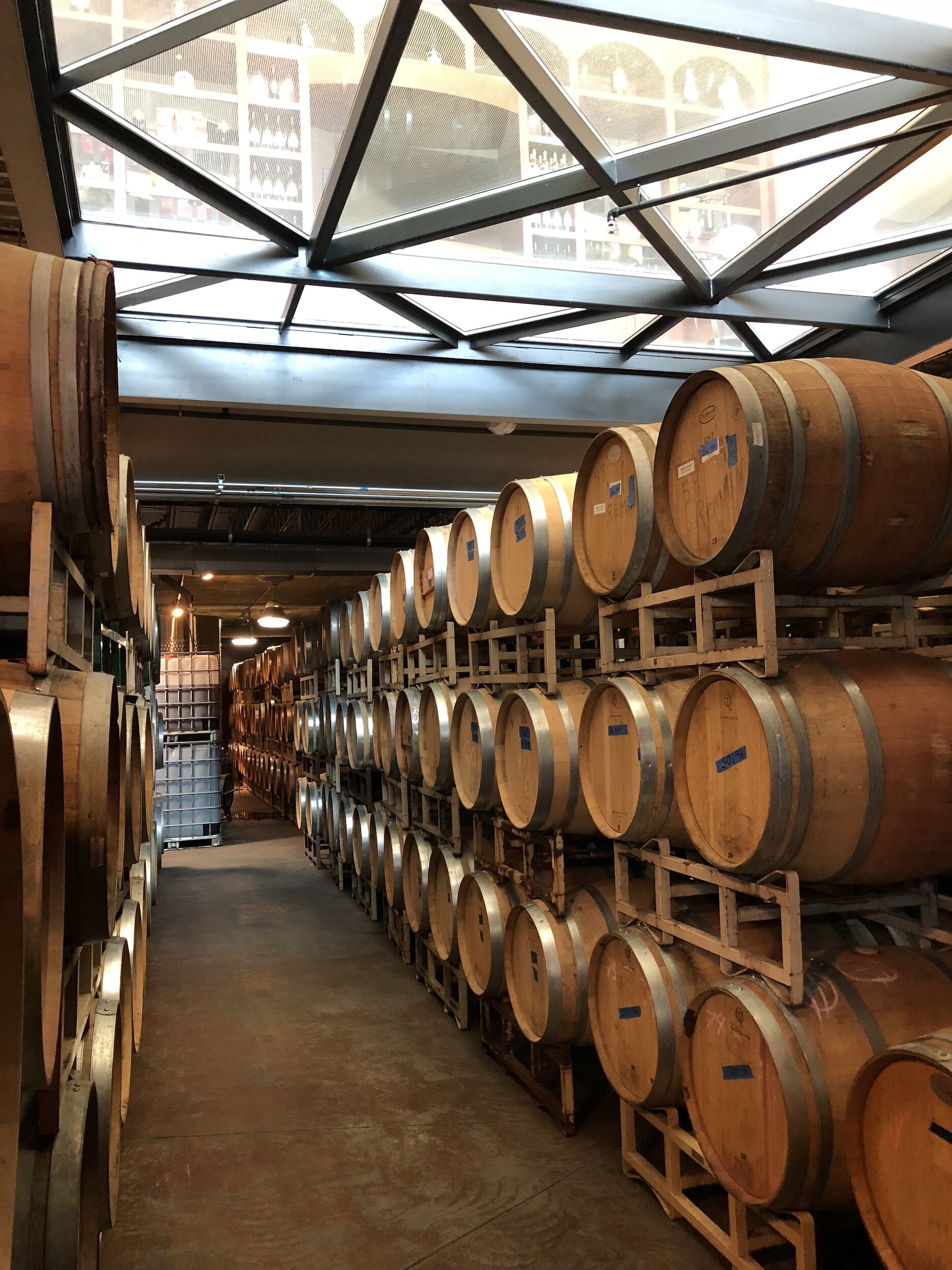
Both Cabernet Sauvignon and Malbec undergo similar winemaking practices in the winery. Winemakers commonly use oak for both styles, which contributes to mocha, toast, and spice.
Fun Wine Fact: Malbec and Cabernet Sauvignon are frequent blending partners in Argentina, Malbec’s spiritual home.
Helpful Tip: Go check out this post on what oak contributes to wine.
Cabernet Sauvignon vs. Malbec: Food Pairings and Serving Temperature
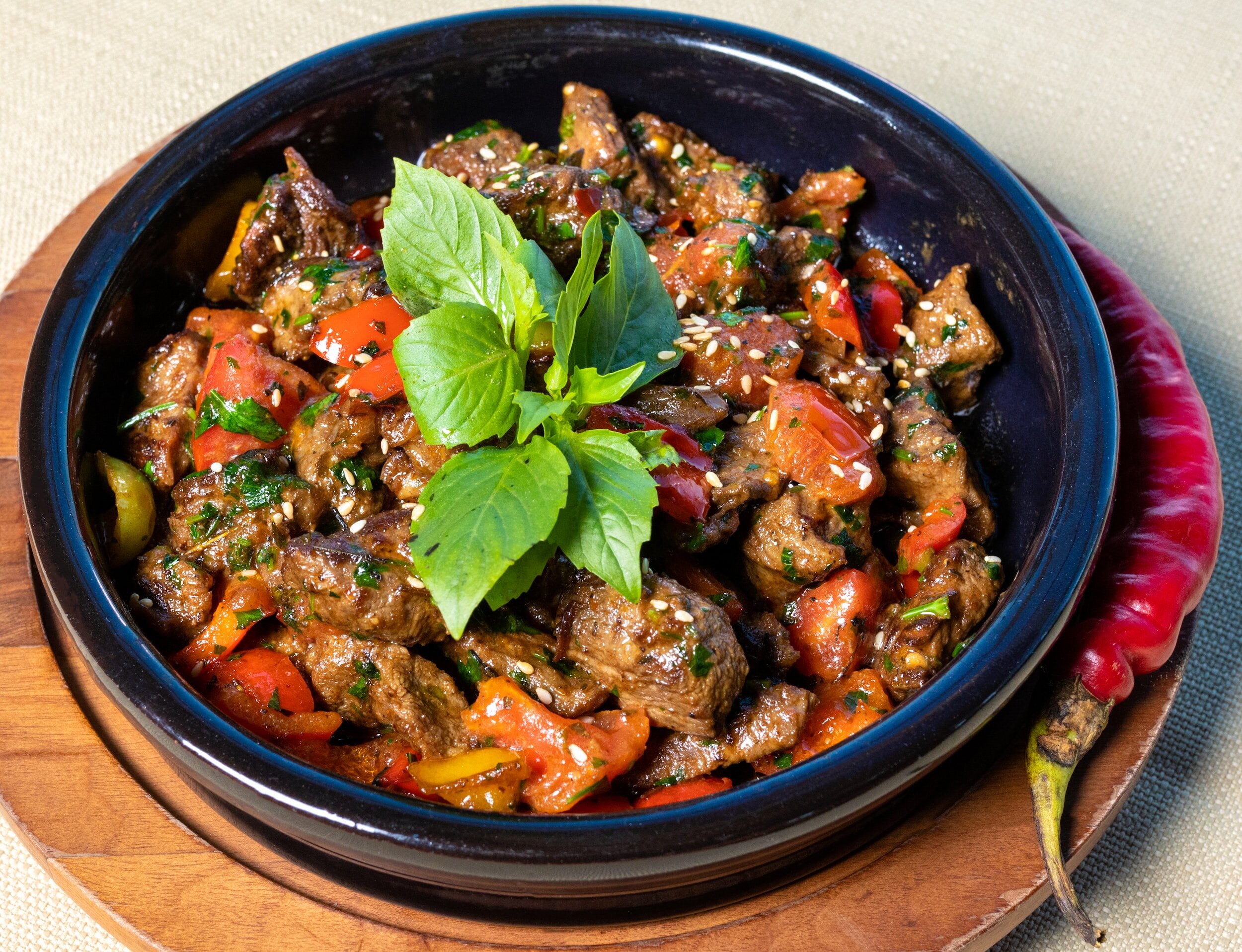
Cabernet Sauvignon’s bold flavors and firm tannins make it an excellent choice for pairing with red meats, hearty stews, and aged cheeses. Its structure and complexity complement robust flavors, creating a harmonious dining experience. Malbec’s softer, plusher texture and lively acidity make it a versatile partner for grilled meats, pasta dishes, and flavorful vegetarian dishes (lentil soup, anyone?).
Discover: Cabernet Sauvignon Cheese Pairing Guide
Malbec and Cabernet Sauvignon Serving Temperature
| Wine | Serving Temperature Range |
|---|---|
| Cabernet Sauvignon | 60-65°F (16-18°C) |
| Malbec | 55-60°F (12-16°C) |
Both Cabernet Sauvignon and Malbec are best served at slightly below room temperature. For more premium wines, you will want to allow the wines to breathe and reach their ideal serving temperature by opening the bottle approximately 30 minutes before pouring.
For inexpensive wines, you probably won’t need to decant the wine. Pour yourself a glass, give it a good swirl, and sip away!
Which Is More Expensive, Cabernet Sauvignon or Malbec?
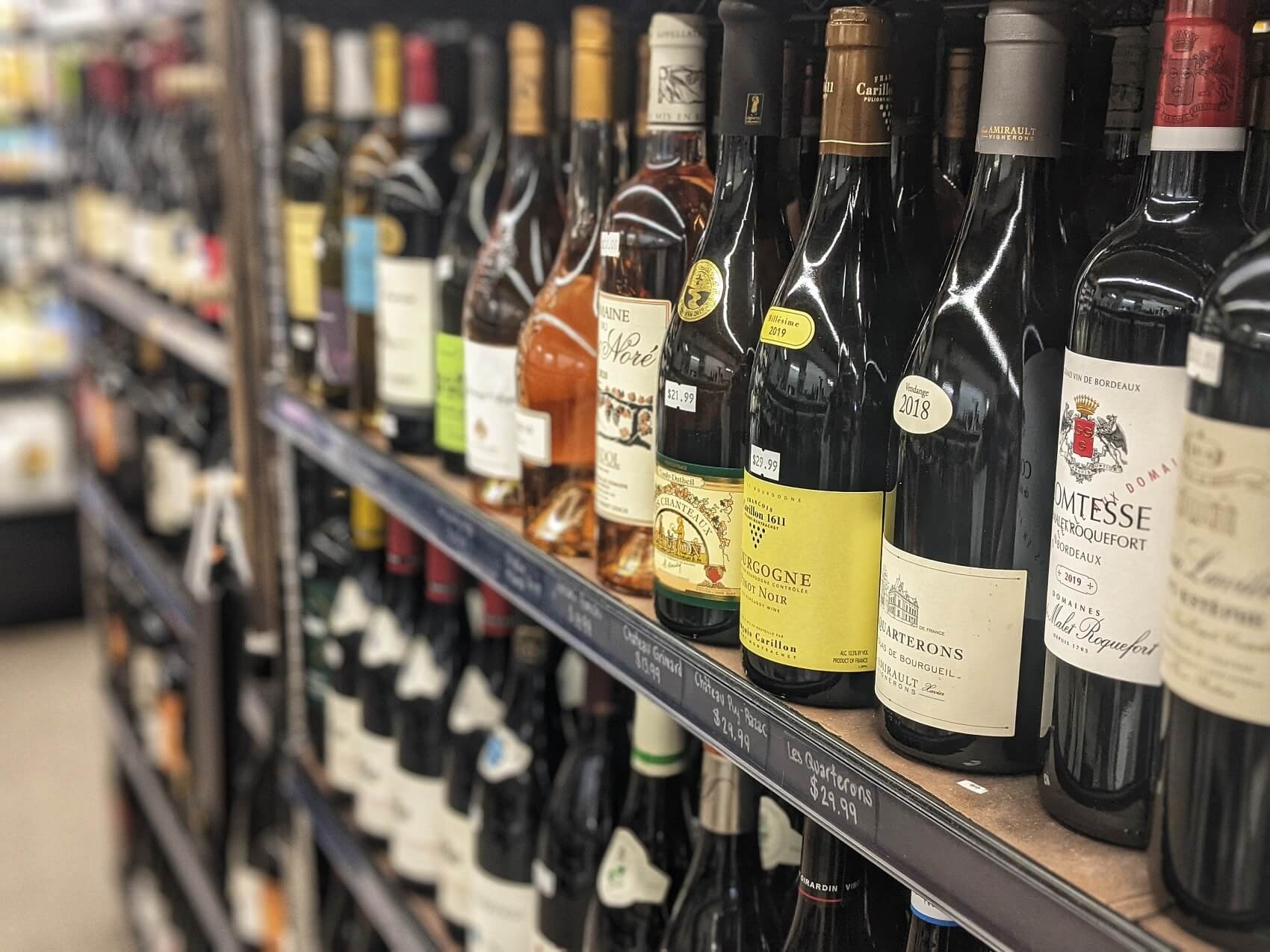
When considering the prices of Cabernet Sauvignon and Malbec, it’s worth exploring their relative costs.
Wine Price Ranges
| Cabernet Sauvignon | Malbec | |
|---|---|---|
| Entry-level | $12 – $20 | $10 – $20 |
| Premium Selections | $30 – $100+ | $20 – $60+ |
Cabernet Sauvignon Cost
- Entry-level Cabernet Sauvignon wines range from $12 to $20 per bottle. These wines offer excellent value and showcase the varietal’s characteristic flavors and structure.
- As you move towards premium selections from renowned regions or iconic producers, prices can range from $30 to $100 or higher, reflecting their exceptional quality and aging potential.
Malbec Wine Cost
- Entry-level Malbec wines are available within an accessible price range, typically ranging from $10 to $20 per bottle. These wines offer great value for their vibrant flavors and approachability.
- For premium Malbec wines sourced from renowned vineyards or produced by top-tier winemakers, prices can range from $20 to $60 or more, representing the wine’s distinctive character and craftsmanship.
Helpful Tip: If you’re truly curious, here’s an exhaustive breakdown of how wine pricing works.
Which Is Better: Cabernet Sauvignon or Malbec?
If you appreciate robust, full-bodied wines with a broader flavor spectrum, Cabernet Sauvignon will likely be the better choice. If you dislike deep brooding reeds, then Malbec will be abetter option.
Personal Note: I feel that Malbec is a better red wine for newer wine drinkers. It’s more approachable overall, with a rounder, smoother drinking experience. Cab Sav can be sometimes be astringent and off-putting.
Check out this lovely video that dives into the history of premium Malbec and Cabernet Sauvignon from Catena Zapata in Argentina:

Final Thoughts – Cabernet Sauvignon or Malbec?
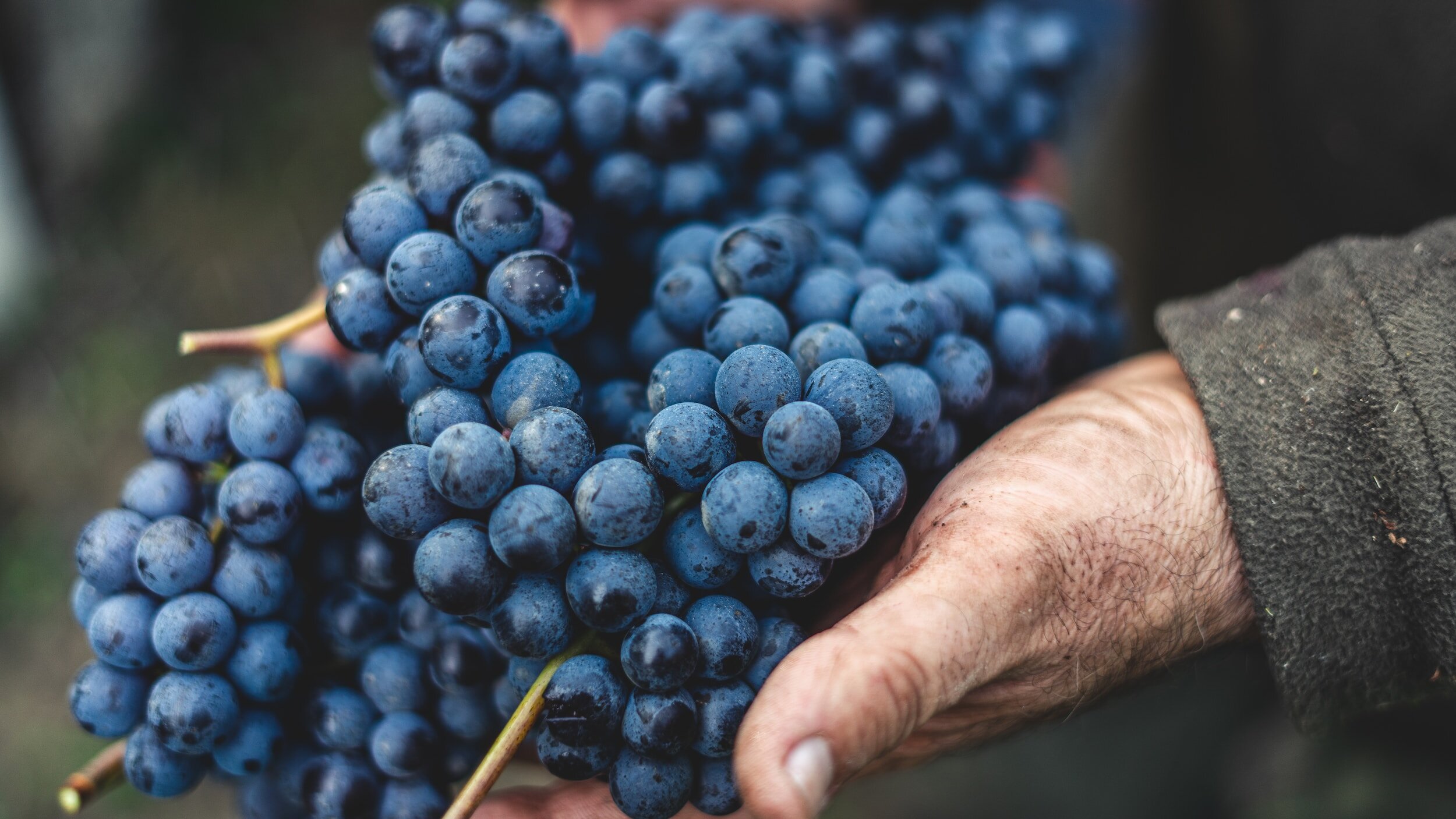
Both Cabernet Sauvignon and Malbec offer captivating red wine options with their own distinct characteristics.
- Hosting a side-by-side tasting is one of the best ways to learn about the differences between these two varietals.
- Go get yourself 2 bottles of similarly priced Cabernet Sauvignon and Malbec, call over a few friends, and host your own side-by-side tasting.
Cabernet Sauvignon presents a bold and structured wine that stands out for its depth of flavor and aging potential. Malbec, with its velvety texture and vibrant acidity, offers a seductive and approachable option for those who like friendly red wines.
Discover More:
Cabernet Sauvignon vs Cabernet Franc
Syrah vs Malbec
Cabernet Sauvignon vs Merlot
Cabernet Sauvignon vs Chardonnay
Cabernet Sauvignon or Pinot Noir?
Sangiovese vs Cabernet Sauvignon
Sangiovese vs Merlot
Thirsty for More?
If you’re eager to get started with wine, think about hosting your own wine tasting for beginners.
You may be interested in other side-by-side comparisons. Check out Cabernet Sauvignon vs Merlot, and Cabernet Sauvignon vs. Cabernet Franc.
Don’t miss out on exploring these signature wines from famous wine regions around the world.



